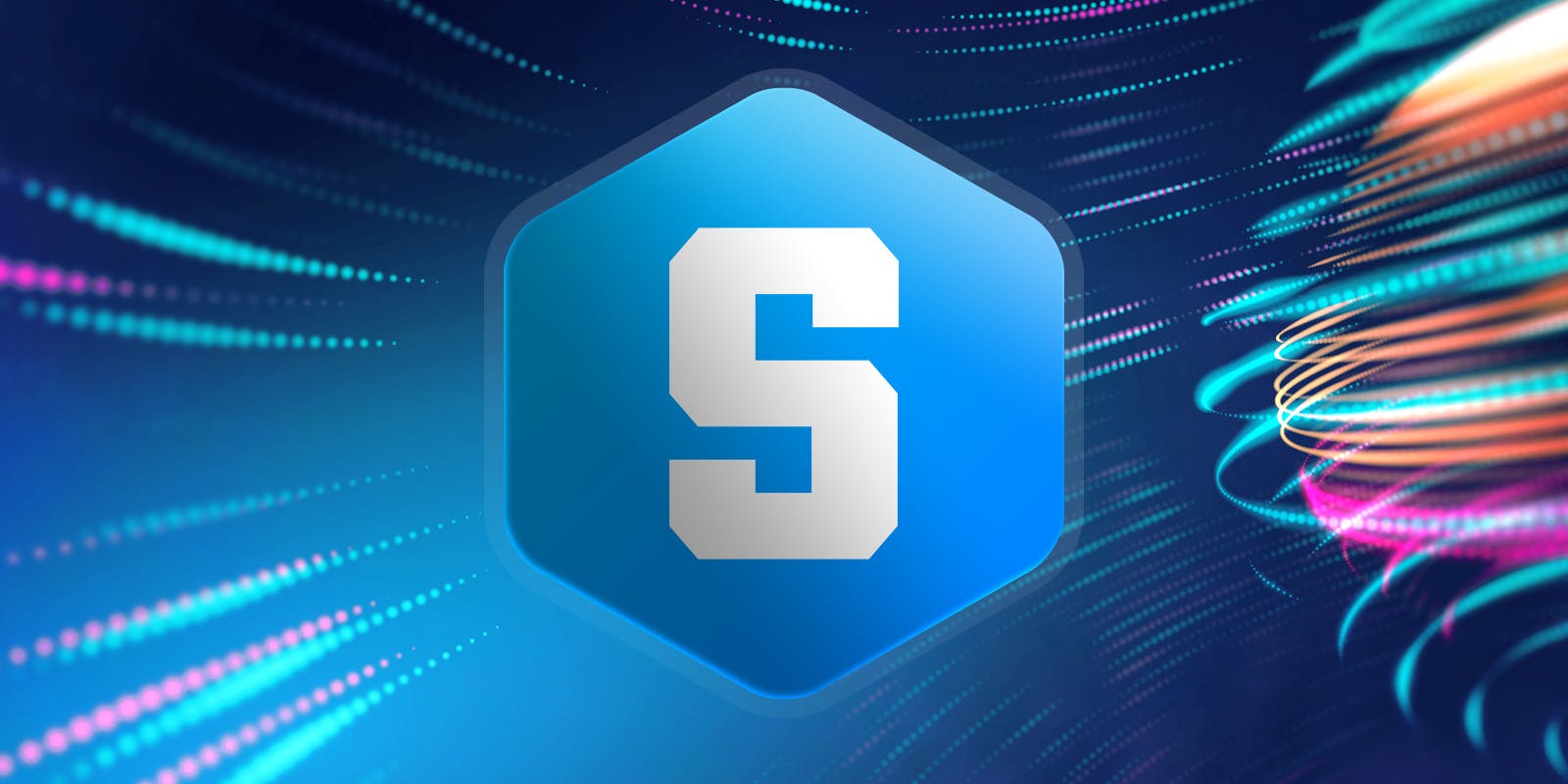What is Sandbox (SAND)?
$SAND is the native cryptocurrency of the Sandbox ecosystem. Technically, Sandbox itself is a gaming platform deployed on the Ethereum network, where users can create, build, buy and sell digital assets in the form of a game.
To do this, the platform take a hybrid approach as a decentralised autonomous organisation (DAO) that uses non-fungible tokens (NFTs), thereby creating a platform for a thriving gaming community.
In brief
- SAND is the native utility token of The Sandbox.
- Sandbox is a gaming ecosystem that incorporates blockchain economical models within it.
- SAND token is fungible and treated as money, while LAND is non-fungible and considered as property.
- 30% of the total supply is in circulation as of December 2021.
Who created the Sandbox?
Arthur Madrid is the co-founder and CEO at Pixow. He is also at the helm of Sandbox. Graduating in economics from the Université Paris Dauphine in 2000, Madrid’s professional career started in consultancy with Eurogroup Consulting France. In 2001, he founded 1-click Media, which was later acquired by Ipercast.
Sebastien Borget is also a co-founder at Pixowl and serves as the COO of the firm. In 2007, he graduated with a degree in computer systems networking and telecommunications from Institut national des Télécommunications. Sebastien was a project lead for 1-Click Media, and has since worked closely with Arthur. In 2011 the duo founded Pixowl and continue to work on projects together.
How does the Sandbox work?
The Sandbox is a unique platform that introduces gaming to blockchain. Launched in 2011, The Sandbox is an online game where players can buy resources in the form of plots of land. In addition to trading resources, they can create game experiences and make them available for others to acquire in an open marketplace.
Artists and creators can make all sorts of items using a system of tokenisation, which ultimately makes the whole ecosystem run. In addition to SAND coin, there’s also a LAND token which proves ownership of digital plots of land.
Assets that are created by community members and traded into their respective SAND or LAND wallets. LAND is a non-fungible token, while SAND is fungible. This is to say that while every LAND token is unique, SAND coins are interchangeable and function as money.
What is the SAND token?
SAND is the native asset that is built on top of the Ethereum blockchain, secured by the proof-of-stake consensus mechanism.
A maximum supply of 3,000,000,000 SAND tokens currently exists, with around 913,364,619 being in active circulation, per data from coinmarketcap. All in all, about 30% of the market cap is in active circulating supply as of December 2021.
Of the total token supply, about 25.82% was initially reserved in a company treasury. Another 17.18% were allocated for a seed round sale the token. The team members distributed 31% of the supply to each other, while another 12% was set aside for a dedicated Launchpad Sale on Binance. Another 10% were retained for project advisor.
What are the main features of SAND?
By creating a universe where gamers can create and collect blockchain-based assets, the Sandbox aims to revolutionizes the market. It makes a niche for itself in the global market of gaming.
By focusing on user-generated content, the Sandbox creates a metaverse of involved players who contribute to the platform’s further development. Not only that, by introducing the SAND token, the Sandbox promotes decentralized governance and allows users to share their views and ideas about the development of the project. Thanks to the evolving technology, decentralized governance is becoming a must-have in blockchain-based projects.
The company launched with a strong support-base from several big names in the gaming industry, including brands like Atari, Helix and CryptoKitties.
Key applications for the SAND crypto include:
- Gaming. In order to play the metaverse games, players must own SAND tokens. Without the tokens, players are unable to enter games developed by the SAND community.
- Purchases. SAND is also essential for purchasing items, equipment and customizing avatars.
- Other tokens. By acquiring SAND tokens, players are able to purchase LAND tokens and other assets, which are the most valuable elements of the platform. Moreover, in order to upload ASSETS to the marketplace, artists must first spend SAND tokens.
- Governance. As a utility token, SAND provides governance rights to holders. SAND users are able to propose changes to the platform and vote on development submitted by other SAND holders. The token also allows users to delegate their voting rights to others.
- Staking. SAND can be used for staking in order to receive SAND rewards later. In fact, 2.5% from every token transaction is automatically allocated to the staking pool as a reward for all stakers. Another 2.5% of each SAND transaction is held for the Foundation, the company that oversees the platform’s management.
- Exchange. Like most other crypto, SAND also functions as a medium of exchange. Any person or business can accept SAND tokens or pay with them, as well as trade them.
The bottom line
The Sandbox is a clear attempt to build out the metaverse ecosystem. SAND is the mechanism with which this vision could be achieved, with players being able to access the platform, investors receiving rewards and businesses accepting the currency as payment. All in all, the project is creating a virtual marketplace for game assets. Will the approach prove appealing to investors, players and game creators?
Time will tell.
